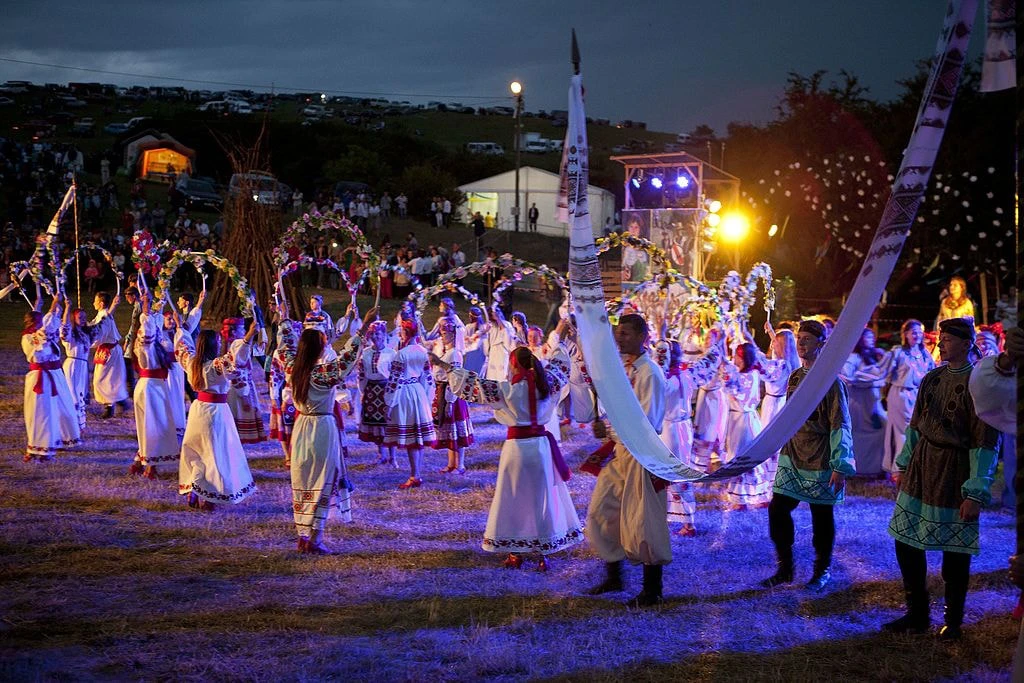
Traditions in Ukraine
Ukraine is a diverse and culturally rich country with traditions dating back centuries. Traditions in Ukraine range from the deeply religious to the fun and hospitable. We have taken a look at some of the most famous traditions in Ukraine including food, clothing, festivals and Christmas.
Traditions in Ukraine
Maslenitsa
This celebration is rooted in the Eastern Orthodox church and is celebrated across Ukraine as well as Russia and Belarus. It is celebrated the week before the Orthodox Lent and translates to Pancake Week or Crepe Week. It is a time when Ukrainians consume pancakes made from egg, butter and milk. As well as these tasty treats, Ukrainians take part in sleigh rides and parties all culminating in the burning of the effigy of Lady Maslenitsa.
Traditional Ukrainian Clothing
Traditional clothing in Ukraine varies across the length and breadth of the country. One mainstay feature yet is the vyshyvanka which is worn by both men and women. The vyshyvanka is a home-made shirt with fully embroidered neck, cuffs and hem. The shirt is worn by men, women and children at national holidays and celebrations. Other elements of clothing differ depending on the wearer and their location in Ukraine.
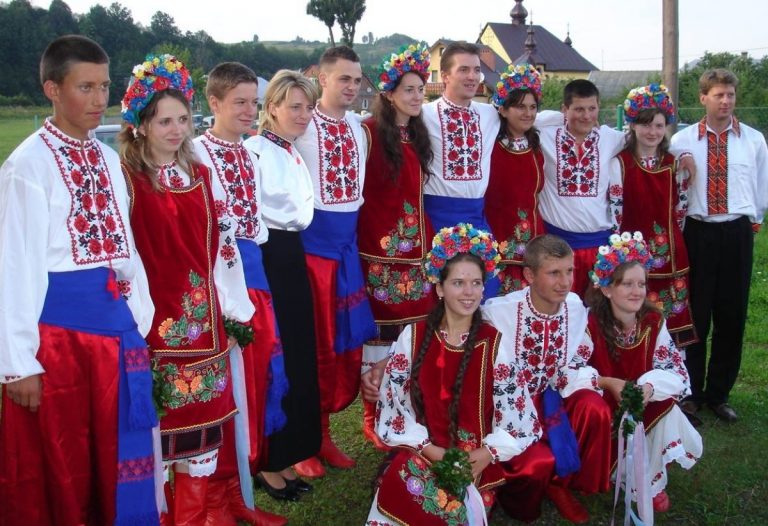
Young women and girls will wear the shirt uncovered, while married women will add a waistcoat as well as covering her hair with a shawl. The status of a female is also highlighted by the inclusion of jewellery, ribbons and flowers. Men will traditionally wear the vyshyvanka as well as simple cloth trousers and waistcoat.
The difference between the geographical areas of Ukraine can be noted by the embroidery of waistcoats and dresses. In the north of the country red and black threads are used frequently to denote wisdom with red and white to symbolise purity and happiness. In the South, red, yellow and green colours are used to decorate clothing as well as fruit and plant motif’s and jewellery. The East focuses on the traditional design of the clothing while adding ribbons and jewellery to accentuate the look. For those in the west of the country a focus is on geometric shapes. This can be attributed to the proximity to Poland and Hungary.
Christmas Traditions in Ukraine
Christmas in Ukraine is celebrated at two different times of the year. This may come as a surprise to those used to celebrating on the 25th December. Due to the comparatively recent change from the Julian to Gregorian calendar, both dates are considered national holidays. The Julian calendar designates 7th January as Christmas day. Whilst the Gregorian calendar observes the more widely recognised 25th December. Almost 50% of the population still view the 7th January as the Christian holiday. Since 2017 both days have been classed as official national holiday days across Ukraine.
Christmas Eve in Ukraine
Traditional Christmas celebrations in Ukraine last for 2 weeks. It mainly consists of many different traditions taking place across this period. Celebrations start on Christmas Eve with Sviata Vecheria (‘Holy Dinner’) which is a large family dinner. The dinner consists of 12 dishes which represent the 12 apostles. The main dish is always Kutia which is boiled wheat mixed with poppy seeds and honey.
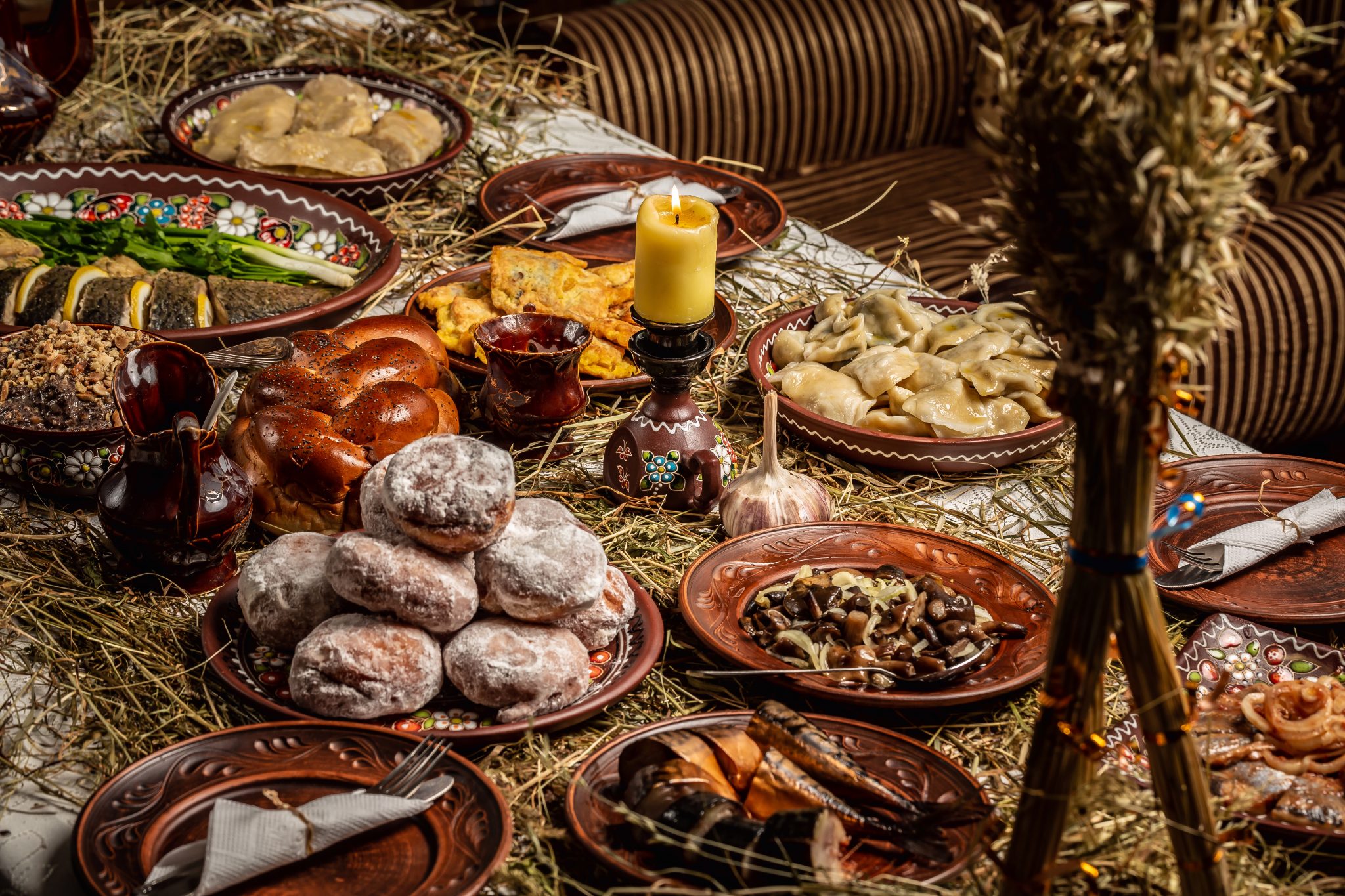
Homes during Christmas in Ukraine are decorated with didukh which is a wrapped wheat sheaf. These simple but beautiful decorations are created to represent dead relatives and ancestors. To this end, some of the Kutia from the Sviata Vecheria is always left on the table as a treat for dead relatives to enjoy.
Christmas Day in Ukraine
During Christmas day itself children traditionally put on performances called vertep. These performances are puppet shows performed by the children based on the nativity. The main element of the vertep stage and production is the inclusion of the star, to represent the birth of Jesus.
Carols and other songs are a big part of Christmas in Ukraine. While you may not think you know any Ukrainian Christmas songs… You might be surprised to learn that ‘Carol of the Bells’ has its origins in a Ukrainian carol called Shchedryk.
New Year – Old & New
On 13th January, Old New Year is celebrated across Ukraine. This would be the date of traditional New Year celebrations according to the Julian calendar. This day features huge carnivals and celebrations across the country.
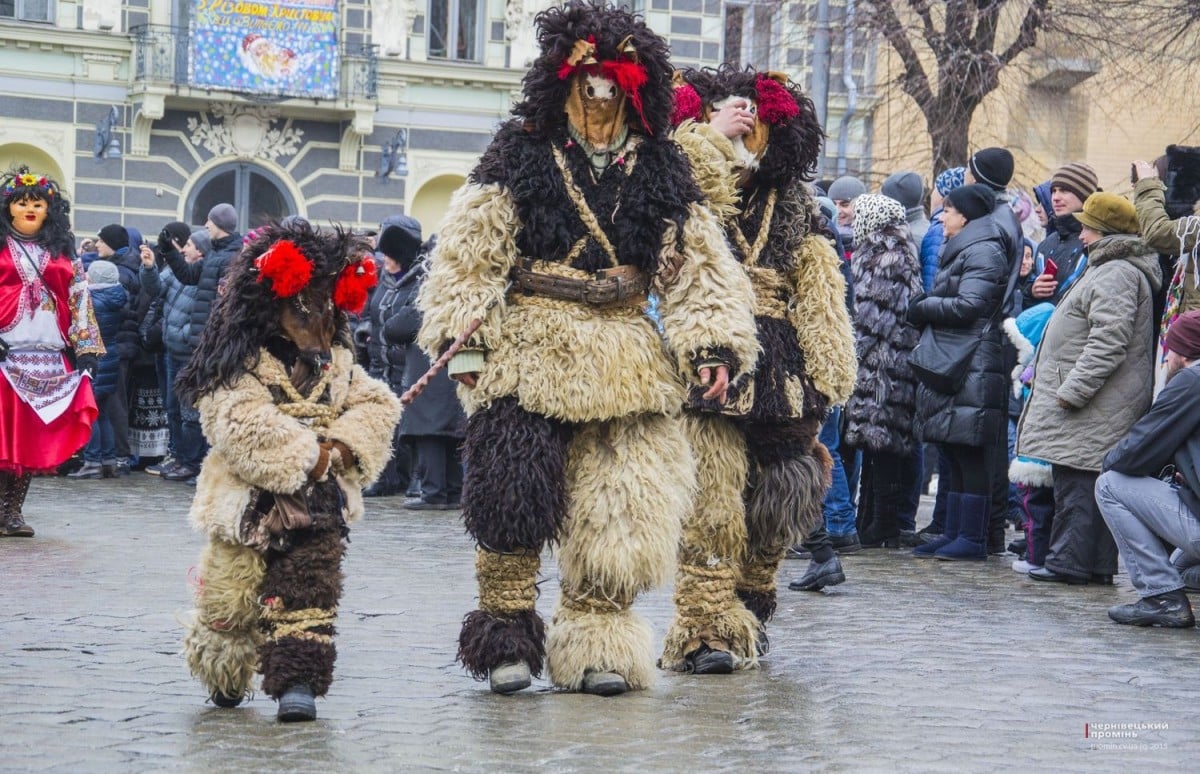
Malanka, as it is called, has been compared with Mardi Gras and other huge festivals across the world. Due to its costumes, floats and other frivolities which it entails.
Ukrainian Culture
Ukrainian culture is focussed heavily around religion and family values. As we have seen, a lot of festivals and celebrations revolve around religious dates and family gatherings. Easter in Ukraine is another example of this due to its family meals, church visits and family meals.
Some these traditions in Ukraine are slowly starting to recede in popularity as religion becomes less and less prevalent. However, the core of the traditions have remained. As we previously mentioned, the move from the Julian to Gregorian calendar has had a large impact. It has meant that certain dates and events have become less prevalent and are not celebrated outside of certain Slavic countries.
Despite the slow decline learning about them is still a great place to start discovering Ukraine. Another great way to learn about and absorb yourself in a culture such as Ukraine’s is to learn the language. With the current world affairs with regard to Ukraine now is the perfect time to learn Ukrainian.
Sign up for our offers
Exclusive discounts on your course with Cactus directly on your inbox!
Traditions in Ukraine & Ukrainian Language
At Cactus we offer Ukrainian language courses online and a locations around the UK. Designed for all abilities, these 10-week courses can help you start your language journey or improve skills you already have. Our Ukrainian courses are ideal for those looking to get involved in supporting Ukrainians or learn more about the country.

 French
French German
German Italian
Italian Spanish
Spanish Arabic
Arabic Cantonese
Cantonese Czech
Czech Croatian
Croatian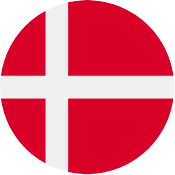 Danish
Danish Dutch
Dutch English
English Greek
Greek Hebrew
Hebrew Hindi
Hindi Japanese
Japanese Korean
Korean Norwegian
Norwegian Polish
Polish Portuguese
Portuguese Russian
Russian Swedish
Swedish Thai
Thai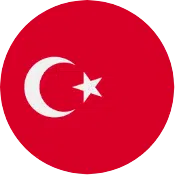 Turkish
Turkish Ukrainian
Ukrainian